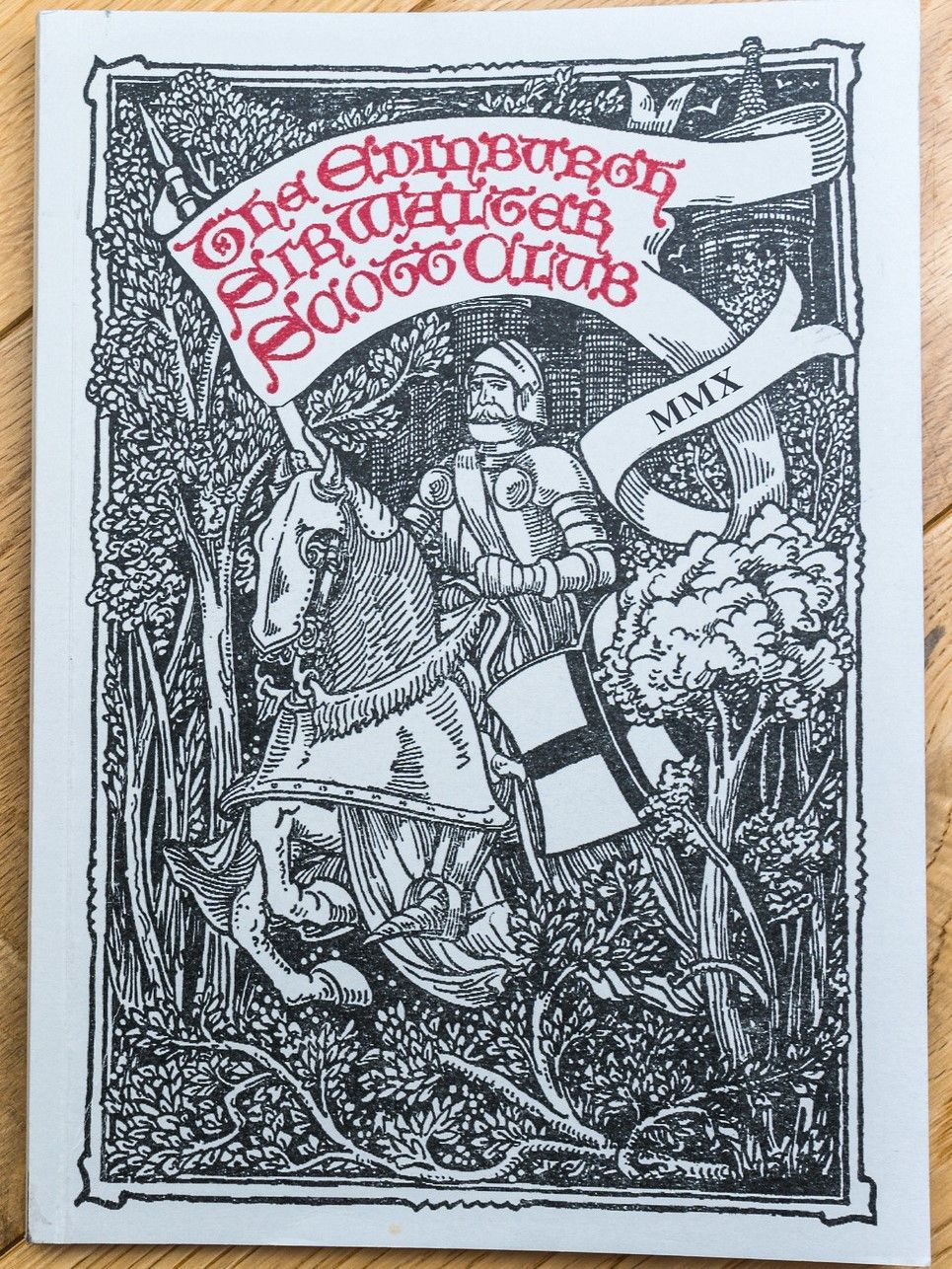Colloquium on The Lady of The Lake
Sunday 23rd May 2010
Summary of the Talks:
This colloquium, held in the Trossachs to celebrate the bicentenary of The Lady of the Lake (1810), featured presentations by Dr. Alison Lumsden and Dr. Nicola Watson under the chairmanship of Professor David W. Purdie. The event combined scholarly analysis with literary tourism, culminating in a boat trip on Loch Katrine aboard the SS Sir Walter Scott.
Key Themes and Insights:
1. The Literary and Historical Significance of The Lady of the Lake
- The Lady of the Lake marked the peak of Scott’s poetic fame, selling 25,000 copies in eight months, surpassing all previous poetry sales records in Britain.
- It played a crucial role in shaping the Romantic perception of the Scottish Highlands, particularly the Trossachs.
- Francis Jeffrey, a notable critic of Scott, praised it as a vast improvement over his earlier works, acknowledging its stronger characterization and skillful plot construction.
- The poem's mass appeal reached across Europe and America, reinforcing Scott’s literary dominance.
2. Alison Lumsden’s Analysis: The Enduring Value of The Lady of the Lake
Dr. Lumsden addressed why Scott’s poetry—especially The Lady of the Lake—remains significant beyond its impact on tourism.
Scott’s Poetry as the Foundation of His Fiction
- Scott is best known today for his novels, but his fictional works were deeply informed by his poetry.
- His poetry and novels share thematic concerns, particularly:
- The negotiation between past and present.
- The role of the writer in shaping historical memory.
- The use of framed narratives (which later became a defining feature of his novels).
The Romanticized vs. Real Highlands
- Critics argue that Scott romanticized and "fossilized" the Highlands, presenting them as a relic of the past.
- However, Lumsden suggests that The Lady of the Lake actually offers a more nuanced and modern take on Scottish identity.
- The poem acknowledges its own artifice, highlighting how perceptions of history and place are constructed rather than inherent.
- James Hogg’s critique: He humorously called it a "lying poem," questioning why people saw the Trossachs as special simply because Scott described them that way.
The Role of Power and Perception
- King James V’s misguided romantic vision of the Highlands leads to political miscalculations.
- His failure to understand Highland culture nearly costs him his life when he is confronted by Roderick Dhu and his clansmen.
- The tension in the poem reflects a broader concern with leadership and national unity—a theme Scott would explore further in his novels.
3. Nicola Watson’s Analysis: The Tourism Boom Inspired by Scott
Dr. Watson explored how The Lady of the Lake triggered a new wave of literary tourism, reshaping the Trossachs’ cultural landscape.
Pre-1810: Loch Katrine as a Picturesque Destination
- Before Scott’s poem, Loch Katrine was known mainly to local gentry and early travelers.
- Writers like James Robertson and Sarah Murray described it as a picturesque site, emphasizing its mix of the sublime (mountains) and the beautiful (lake reflections).
Post-1810: Scott’s Transformative Influence on Tourism
- After The Lady of the Lake was published, tourist numbers skyrocketed:
- In 1806, there were 6-7 carriages per day in peak season.
- By 1810, that number rose to 500 daily.
- Infrastructure rapidly developed to accommodate visitors:
- A hotel was built in Callander.
- James Stuart became the first official guide, offering boat trips to "Ellen’s Isle".
- Tourist rituals emerged, such as:
- Collecting twigs and quartz pebbles from famous sites.
- Blowing horns to imitate Fitz-James’ call in the poem.
- Reading or reciting extracts of the poem during their visit.
Victorian Expansion of Scott Tourism
- By the 1840s, tourism infrastructure had expanded further:
- The Trossachs Hotel (inspired by Abbotsford) was built.
- Steamships began operating on Loch Katrine:
- The Gypsy (1843)
- Rob Roy (1846)
- SS Sir Walter Scott (1899)
- The trend of using Scott’s poem as a travel guide continued well into the 20th century.
- Even Queen Victoria and Prince Albert visited Loch Katrine, inspired by Scott’s descriptions.
The Decline of Scott Tourism
- By the late 19th and early 20th centuries, The Lady of the Lake became more associated with school curriculums than with leisure reading.
- School editions of Scott’s works shifted perception from enjoyment to academic obligation.
- A 1927 school textbook reflects this shift, requiring students to:
- Write essays comparing the real Trossachs to the Scottish Highlands of legend.
- Reflect on how the landscape had changed since the days of Roderick Dhu.
Notable Takeaways:
- Scott’s poetry was the foundation of his later historical fiction, and themes in The Lady of the Lake anticipate those in Waverley and beyond.
- The poem played a major role in the "invention" of the Romantic Highlands, helping shape Scottish identity in both literary and touristic contexts.
- Scott’s awareness of constructed reality is surprisingly modern—he explores how history, power, and landscape are shaped by perception.
- Tourism in the Trossachs was fundamentally reshaped by the poem, influencing infrastructure, place-names, and even travel behaviors.
- While Scott tourism thrived in the 19th century, the shift to educational readings in the 20th century led to its decline.
Conclusion: Lasting Impact
The colloquium concluded that The Lady of the Lake remains a rich and relevant text, not only for its historical and literary significance but also for its reflection on identity, perception, and power. Far from being merely a romanticized portrayal of Scotland, Scott’s poem invites readers to question how realities—both historical and cultural—are created.
This discussion reinforced why The Lady of the Lake should still be read today, not just as a relic of the past but as a dynamic work that continues to shape the cultural imagination of Scotland and beyond
Download the [transcript] or read the [bulletin]

Download the [transcript] or read the [bulletin]


